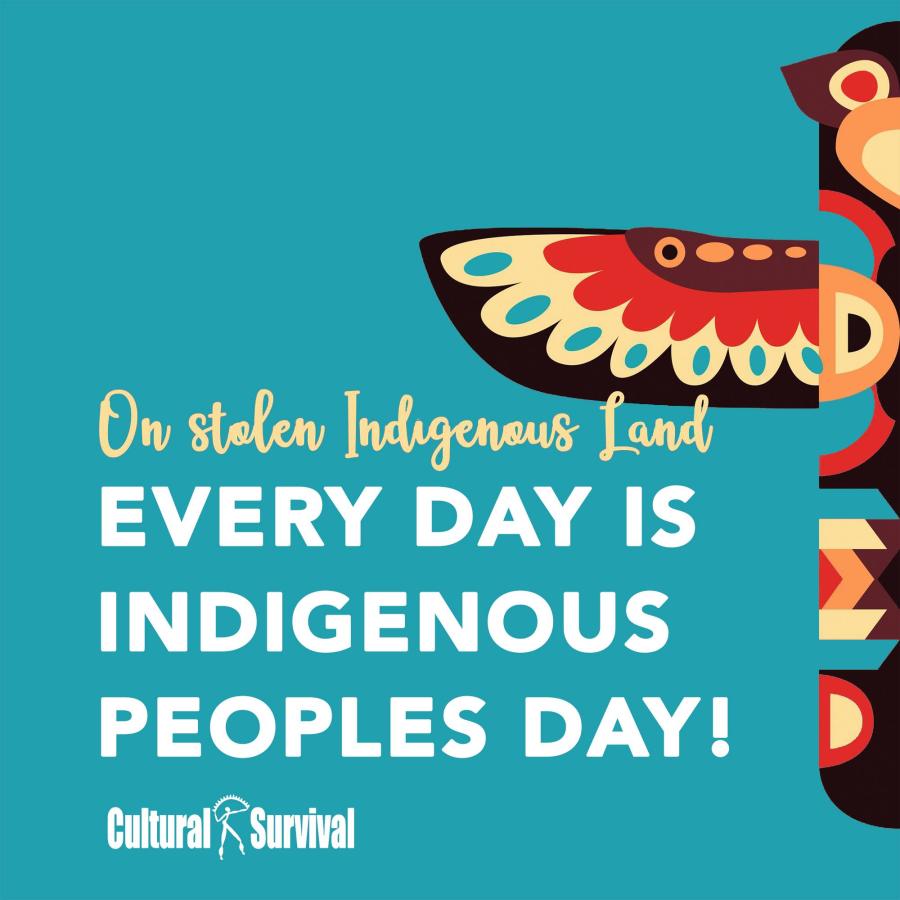Just across the state line from Arkansas City, Kansas, in north-central Oklahoma, stand the abandoned buildings of Chilocco Indian School, among the best-known examples of the federal government's experiment in educating Indian children in off-reservation boarding schools. The school opened in January 1884 with about 150 pupils from 17 tribes. Chilocco graduated its first class of six boys and nine girls from the eighth grade in 1894; its last graduating class, in June 1980, numbered 24. At its height, 1200 students lived and learned in 35 buildings on 8640 acres.
Between September 1983 and March 1984, Tsianina Lomawaima interviewed her father and 60 other Chilocco alumni: 36 women and 25 men who attended or worked there during its heyday in the 1920s and 1930s. She approached her research participants through personal contacts: all had led "successful" lives and three-fourths were affiliates of the Chilocco Alumni Association.
Off-reservation boarding schools have long symbolized a misguided and deeply injurious federal policy designed to conquer and destroy the first nations of this land, then assimilate their people. But only in the last decade have scholars closely examined these educational institutions and their impact on former students. In the 1980s, works on the Hampton Institute and the Santa Fe and Phoenix Indian schools first appeared, as did more general accounts of the boarding school experience. Much remains to be done. They Called It Prairie Light should be the exemplar for all such studies to come.
The book open with an excellent overview of federal Indian education and its focus on boarding schools from the 1880s to the 1930s. A brief history of Chilocco introduces these institutions' hallmarks: prohibition on native language and religion; military regimen; vocational and domestic education; and the outing system, which sent students to work for non-Indian families in the summer. Most scholars have been satisfied with vilifying the human destruction that attended such policies.
Lomawaima focuses instead on the lives of the students, lives "severely regimented in many ways, astonishingly free in others" (p. 30). She succeeds in reconstructing Chilocco life in the '20s and '30s, its meaning and later significance, by allowing her informants to speak largely for themselves. Lomawaima masterfully weaves their accounts together, stepping forward only when needed to explain, introduce, or summarize.
Prairie Light richly portrays daily routines and common experiences, those controlled by staff and those hidden from their view. More importantly, the book explores the different experiences of boys and girls, mixed- and full-bloods, students from western and eastern tribes. Three factors most influenced student response to the boarding-school environment: age of first attendance; the period they entered the school and the policies in force at the time; and family background (pp. 158-59).
"[T]here is a moral to the story of Chilocco, and it falls somewhere between the depiction of boarding schools as irredeemably destructive institutions and [the] sentiment that Chilocco 'really was a marvelous school'" (p. 164). There is a lesson in this book for students of American Indian policy as well. Policies have complex outcomes that can only be understood by listening to those whose lives they most affect. Tsianina Lomawaima has done just that. We are all the better for it. Article copyright Cultural Survival, Inc.



